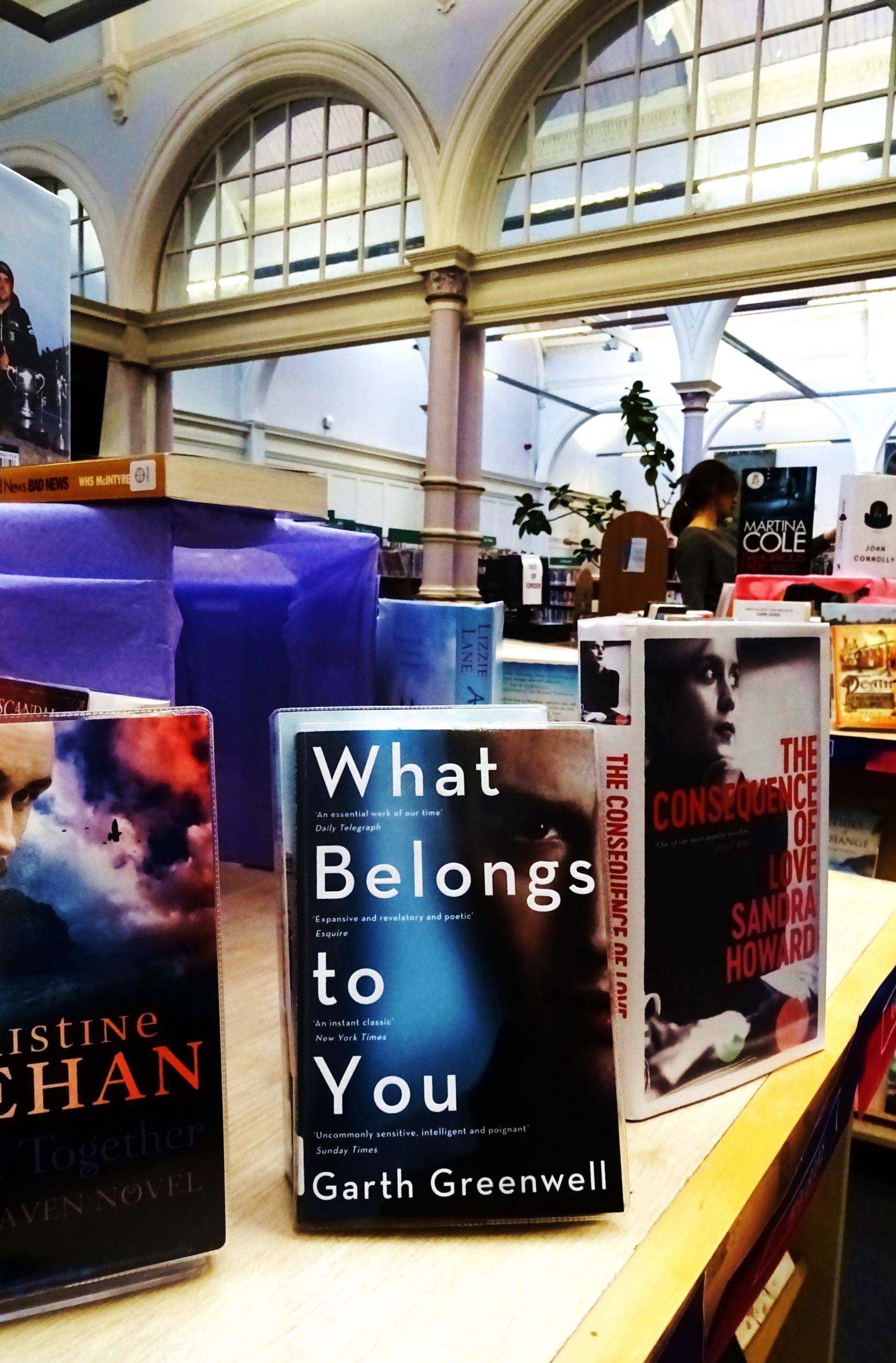Category: Out of print book
-
Mortimer’s Deep
Mortimer’s Deep by Simon TaylorBalnain Books, 1992. A house of men on an island at the end of the world… Mortimer’s Deep is a dangerous stretch of water in Fife. […]
-
Murder in the Collective
Murder in the Collective by Barbara WilsonWomen’s Press, 1984ISBN 0704339439 ‘Safe spaces’ in 1984 were thin on the ground ‘Safe spaces’ for queer people were rarely heard of in 1984. […]
-
Maybe the Moon
Maybe the Moon Bantam Press 1993, a division of Transworld Publishers LtdISBN 0593 027655 The Lavender Menace LGBT+ Archive has been growing for about a year now. One of our […]
-

Welcome to our blog
We’ve already started blogging about the books in our growing archive – found in our own and friends’ collections and secondhand shops. And we invite you to join us.
